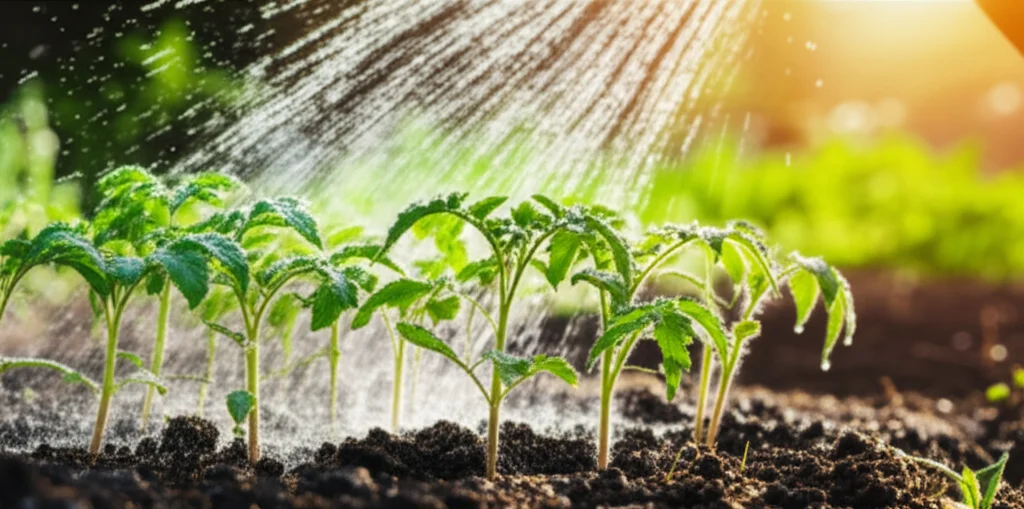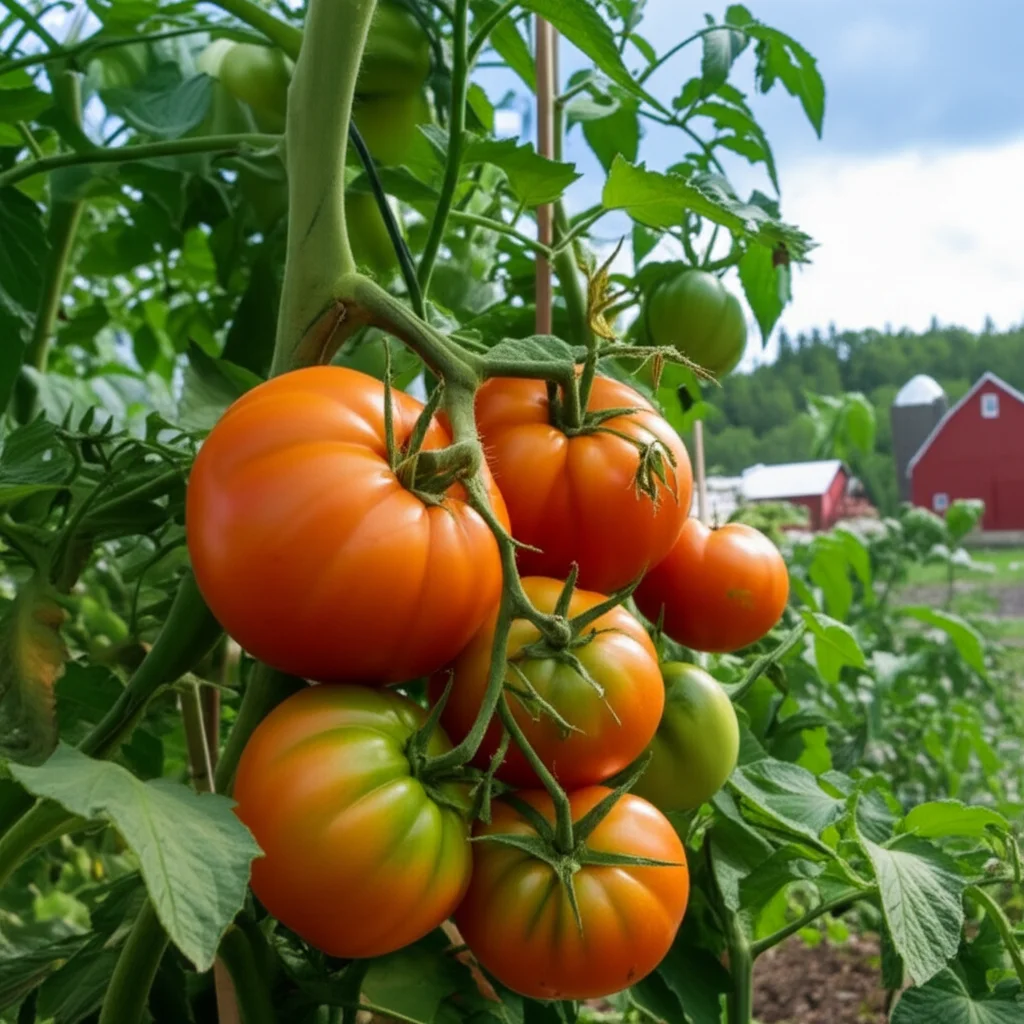Learn the optimal times to plant tomatoes in North Carolina, ensuring a bountiful harvest and vibrant, flavorful fruit. From choosing the right varieties to understanding frost dates and soil preparation, this guide covers everything you need for successful tomato gardening in the Tar Heel State.

North Carolina’s climate offers a fantastic opportunity for growing delicious tomatoes. However, timing is crucial. This comprehensive guide explores the best planting times for tomatoes in different NC regions, along with essential tips for achieving a thriving tomato garden.
JUMP TO TOPIC
Understanding North Carolina’s Climate Zones
North Carolina is divided into three primary climate zones: the Mountain, Piedmont, and Coastal Plain regions. Each zone experiences unique temperature variations and frost dates, influencing the ideal tomato planting schedule. Understanding your specific region’s climate is the first step towards successful tomato cultivation. For more detailed information on North Carolina planting zones, check out the USDA Plant Hardiness Zone Map.
Mountain Region
Characterized by cooler temperatures and later last frost dates, the Mountain region typically experiences its last frost between late April and mid-May. Therefore, the ideal time to plant tomatoes in this region is late May to early June, after the threat of frost has passed.
Piedmont Region
The Piedmont region enjoys a milder climate than the Mountains, with the last frost typically occurring between mid-April and early May. This allows for an earlier planting window, usually from late April to mid-May.
Coastal Plain Region
The Coastal Plain region benefits from the warmest temperatures and earliest last frost dates, typically occurring between late March and mid-April. This allows gardeners to plant tomatoes as early as early to mid-April.
Choosing the Right Tomato Varieties
Beyond understanding your region’s climate, selecting the right tomato varieties is equally crucial. North Carolina’s diverse climate allows for a wide range of tomato varieties to flourish. Consider factors like disease resistance, days to maturity, and fruit size when making your selection.
Early Season Varieties: For shorter growing seasons, especially in the Mountain region, choose early varieties like Early Girl or Stupice.
Mid-Season Varieties: These are well-suited for the Piedmont and Coastal Plain regions, including popular choices like Celebrity and Better Boy.
Late-Season Varieties: These varieties, such as Brandywine and Cherokee Purple, thrive in the longer growing seasons of the Coastal Plain and warmer parts of the Piedmont.
Heirloom Varieties: These offer unique flavors and characteristics and can be grown successfully across all regions with proper care.
Preparing Your Soil and Planting Your Tomatoes
Proper soil preparation sets the stage for healthy tomato plants. Before planting, amend your soil with compost or aged manure to improve drainage and nutrient content. Ensure the soil pH is slightly acidic, between 6.0 and 6.8, for optimal tomato growth. You can easily test your soil through a local NC Cooperative Extension office.
Starting Tomatoes from Seed
If you choose to start your tomatoes from seeds, begin the process indoors 6-8 weeks before your anticipated outdoor planting date. Use a seed starting mix and provide adequate light and warmth for germination.
Transplanting Seedlings
When transplanting seedlings, harden them off gradually by exposing them to outdoor conditions for a few hours each day before planting them in the garden. Space your tomato plants 2-3 feet apart, depending on the variety, to allow for adequate air circulation and growth. Consider using cages or stakes to support the plants as they grow.
Caring for Your Tomato Plants
Consistent watering, proper fertilization, and pest control are essential for maintaining healthy tomato plants throughout the growing season.
Watering
Water deeply and regularly, especially during dry spells, ensuring the soil remains consistently moist but not waterlogged.
Fertilizing
Apply a balanced fertilizer every 2-3 weeks throughout the growing season, following the package instructions.
Pest and Disease Control
Monitor your plants regularly for signs of pests and diseases. Utilize preventative measures like crop rotation and companion planting, or consider using organic pest control methods if necessary.
Harvesting Your Tomatoes
Harvest your tomatoes when they reach their full color and are slightly soft to the touch. Enjoy the fruits of your labor in fresh salads, sauces, salsas, and countless other culinary creations.
FAQs: Planting Tomatoes in North Carolina
Q: When should I plant tomatoes in the mountains of North Carolina?
A: The best time to plant tomatoes in the NC mountains is late May to early June, after the last frost.
Q: Can I grow heirloom tomatoes in North Carolina?
A: Yes, heirloom tomatoes can thrive in North Carolina with proper care and attention.
Q: How often should I water my tomato plants?
A: Water deeply and regularly, especially during dry periods, ensuring the soil remains consistently moist.
Q: What are some common tomato pests in North Carolina?
A: Common tomato pests include aphids, whiteflies, and tomato hornworms.
Q: When can I expect to harvest my tomatoes?
A: Harvest times vary depending on the variety, but generally, tomatoes are ready 60-80 days after transplanting. Refer to your seed packet for specific information about the variety you’ve planted.
Conclusion
Planting tomatoes in North Carolina can be a rewarding experience, providing you with a bountiful harvest of delicious, homegrown tomatoes. By following the tips outlined in this guide and understanding your specific region’s climate, you can enjoy the satisfaction of cultivating vibrant and flavorful tomatoes throughout the growing season. Happy gardening!

